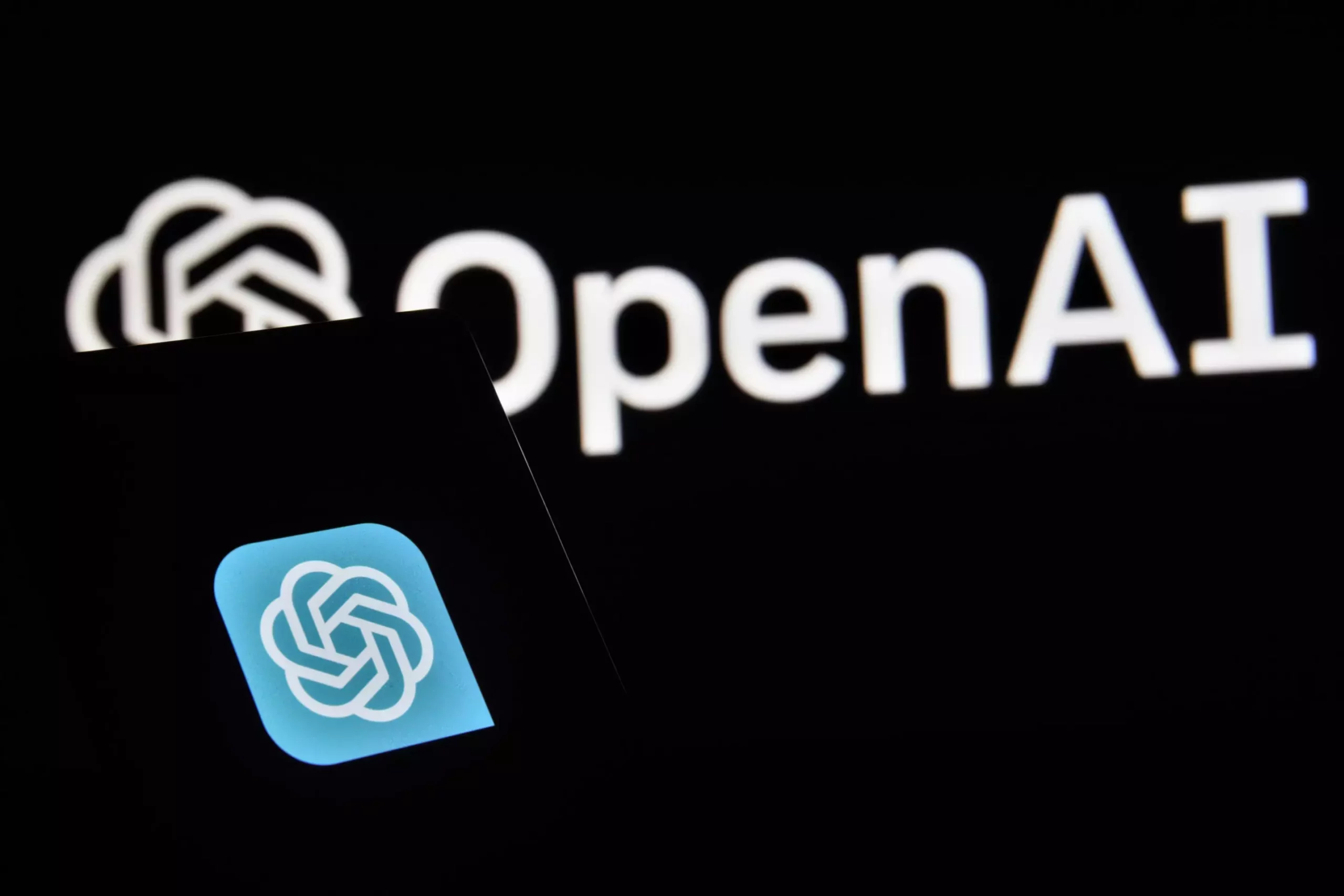Artificial intelligence (AI) is rapidly transforming various sectors of the global economy, offering both significant benefits and substantial risks. As new AI technologies emerge, businesses and consumers alike are left to navigate a complex landscape of opportunities and threats. This piece explores the ongoing debate about AI regulation, advocating for a nuanced approach that aligns existing laws with the potential challenges posed by AI while steering clear of the pitfalls of creating overly specific regulations.
Opportunities Presented by AI
The potential for increased productivity through AI is vast. By leveraging underused data, organizations can significantly enhance their efficiency in sectors such as healthcare, education, and retail. Advanced algorithms enable businesses to streamline operations and personalize services, potentially leading to better customer experiences and improved economic outcomes. Not only can AI increase productivity, but it can also contribute to higher wages by enhancing job roles rather than replacing them entirely.
Furthermore, the evolving capabilities of AI systems are impressive, as demonstrated by recent developments from companies like OpenAI. With models that can perform complex reasoning, businesses are starting to face a unique economic reality where digital systems augment human labor rather than replace it. The promise of AI, therefore, emerges as a compelling narrative of progress and innovation.
However, with these opportunities come notable risks. These include deepfakes that can distort reality, threats to personal privacy, unfair reliance on algorithmic decision-making, and the specter of widespread job losses. As AI becomes deeply integrated into business practices, the potential for misuse—intentional or otherwise—heightens. A growing number of professionals now call for specific regulations to tackle these challenges, highlighting the urgent need to ensure consumer protection, equitable treatment, and safeguarding against bias.
The complexity of AI systems increases the difficulty of enforcing existing laws that were not designed with these technologies in mind. Critics argue that regulation must evolve in tandem with the technology to mitigate these risks effectively.
However, calling for new AI-specific regulations may be premature and even counterproductive. It is crucial to remember that current laws governing consumer protection, privacy, and discrimination are already in place to address these challenges. The sentiment among regulatory experts is that instead of creating separate legal frameworks for AI, revisiting and enhancing existing regulations may be a more effective strategy.
For instance, Australia boasts a robust regulatory environment bolstered by agencies like the Australian Competition and Consumer Commission and the Australian Information Commissioner. These organizations are well-equipped to assess the unique challenges posed by AI while ensuring compliance with existing laws. By harnessing their expertise, regulators can clarify how existing laws apply to AI, identifying areas where the application may need refinement or expansion.
Another key consideration in the discussion of AI regulation is the potential benefits of international collaboration. As different jurisdictions, like the European Union, take the lead in formulating AI regulations, Australia should ideally follow suit. Crafting regulations solely tailored to the Australian market could alienate local developers from global opportunities, making it essential to align with international standards.
Being a “regulation taker” allows Australia to remain competitive in an increasingly global economic landscape without becoming mired in overly restrictive policies that could inhibit innovation. Instead, Australia should engage proactively in international forums to contribute to the development of standards that reflect its interests while adapting existing laws to accommodate technological advancements.
Striking a Balance Between Innovation and Oversight
The path forward involves a cautious balancing act: maximizing the benefits of AI while minimizing its risks. Existing regulatory frameworks should serve as the foundation for AI governance, gradually adapting to the nuances introduced by new technologies. The emphasis should be on ensuring consumer protection and promoting ethical AI deployment without stifling innovation.
In evaluating the necessity for additional regulations, stakeholders must weigh the potential harms against the advantages that AI can deliver. There are numerous applications of AI that pose minimal risk, and the focus should be on identifying high-risk areas that genuinely warrant further scrutiny. A measured approach will ensure that the advancement of AI benefits society at large, while adverse consequences are proactively managed.
Rather than hastily imposing new regulations for AI, a thorough examination of existing legal frameworks and the potential impacts on innovation is paramount. Embracing this balanced approach can ensure a promising future where AI serves as a tool for progress, creativity, and growth.

